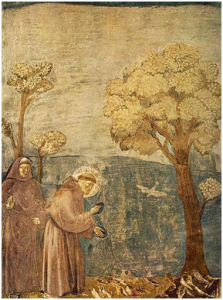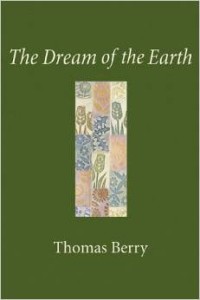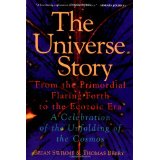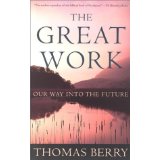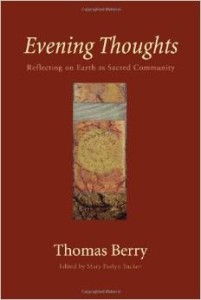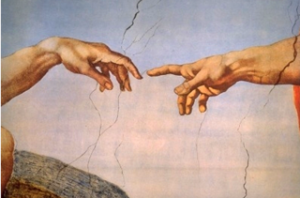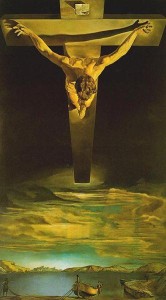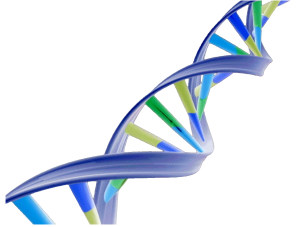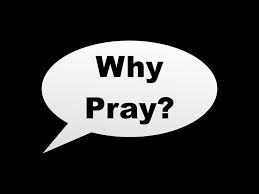
(1) Protect creation (Reading Ask the Beasts, pages 260-262)
Protect creation … protect all creation, the beauty of the created world …
respect each of God’s creatures and respect the environment in which we live ….
care for creation and for our brothers and sisters …
protect the whole of creation, protect each person, especially the poorest ….
Let us protect with love all that God has given us!
Pope Francis, Inaugural Mass – March 2013
Pope Francis’ inaugural homily calls people everywhere to work to protect creation – yet most Christian churches still are not giving the ecological crisis anywhere near the energy they give to other matters. A key obstacle to the churches’ conversion is the dominion paradigm – the idea that God has set human beings apart, to be rulers of the natural world.
(2) The dominion paradigm (Ask the Beasts, pages 262-267)
God blessed them, and God said to them,
“Be fruitful and multiply, and fill the earth and subdue it;
and have dominion over the fish of the sea and over the birds of the air
and over every living thing that moves upon the earth.”
Genesis 1:28
Genesis 1: Perhaps because Genesis 1opens the Bible, its view of the human-world relationship has long held sway in Christian tradition.
When the book of Genesis was composed in the 5th–6th centuries BC, the natural world was still mostly wilderness. Genesis opens with the Bible’s first story of creation, and Genesis 1:28 gives legitimacy to the human need for protection in the midst of that natural world.
But Genesis as a whole clearly does not give humans permission to dominate the natural world; rather, humans are to be God’s representatives (as Noah is shown to be in Genesis 6-8, when he gathers all species into his ark).
The dominion reading became especially ascendant in the modern era of industrial development and global trade for profit. At the same time Christian churches, while committed to charity, were focusing on caring for human beings threatened by development, rather than caring for the whole creation.
Genesis 2: The second creation story places humans and the natural world in a quite different pattern of relationship. Here humans are related to each other and to the rest of creation – made of the same stuff, immersed in a web of reciprocal relations with the land and other creatures, and charged to carefully use and protect them.
The stewardship model: An understanding of stewardship developed by contemporary evangelical Christians goes a long way to restoring the balance between the creation paradigms. The core idea is the belief that the Earth and all of its resources belong ultimately to God. In this model humans are seen as shepherds of creation, entrusted with its vitality and called to its care and protection.
But this model also has problems; it envisions humans as independent from the rest of creation, and establishes a vertical top-down relationship.
(3) The community of creation paradigm (Ask the Beasts, pages 267-269)
Evolutionary science has established that all life on this planet forms one community. Humans are not simply rulers of the life-world, but dependent upon it at the most fundamental level.
The community of creation paradigm also sees the interdependence of all life, grounded in the creative, redeeming God of love. Nothing would exist apart from the life-giving, loving power of the Creator. The dominion paradigm is not the only Biblical view of the relationship between humans and the natural world; looking at the whole Biblical story, the community of creation paradigm is more common.
Elizabeth Johnson writes, “At the core of their identity, humankind and otherkind share this same fundamental status of being finite creatures. As such, human beings and other species have more in common than what separates them.” (Beasts, p. 268)
In this view humans are situated within, not over, the circle of life – whose center and horizon is the generous God of life. Each member gives and receives, but all are grounded in absolute, universal reliance on the living God for the very breath of life.
The community of creation paradigm introduces a powerful dose of humility to human beings. At the same time, the image is bursting with God’s delight in the flourishing of life in the natural world – a joy which God calls humans to share.
(4) The community of creation in Scripture: (Beasts, pages 269-280)
Then the Lord answered Job out of the whirlwind…
“Where were you when I laid the foundation of the earth?
Tell me, if you have understanding…”
Job 38 – 41
JOB
Job contains the Bible’s longest piece of writing on the natural world. Chapters 38-41 paint a picture of God’s activity in creation, emphasizing that the human role in the life of other species is next to nothing.
Job – and through him all human beings – are put in their proper place vis-à-vis the Creator and other created beings who are beyond human control. Shifting from an anthropocentric to a cosmocentric perspective, Job now knows a bigger God.
The author of Job is not interested in our current ecological questions. But the book builds its argument on a vision of relationship that places humankind in a remarkably different position from the dominion text of Genesis 1. There is no mandate to have dominion over the natural world. Instead, Job is led to see divine activity in the working of the natural world.
These responses from the whirlwind are crucially needed in our time of ecological distress. (And note that this non-anthropocentric vision is tremendously confident of its own truth, ascribing its articulation to God’s own voice.)
THE PSALMS
O Lord, how manifold are your works!
In wisdom you have made them all; the earth is full of your creatures…
When you hide your face, they are dismayed;
when you take away their breath, they die and return to their dust.
When you send forth your spirit, they are created;
and you renew that face of the ground.
Psalm 104:24-30
Psalm 104 views humankind as part of a wonderfully diverse creation. (In fact, v. 35 notes that humans are the ones who disrupt the harmony of creation.) Psalm 148 shows humans joining with all the other creatures in praising God. By virtue of their being held in existence by the loving power of the Creator Spirit, all beings give glory to God simply by being themselves. Without the metaphor of worship highlighting nature’s voice, our human minds can overlook the reality of orientation-to-God embodied within the physical world. Psalm 96 views creation as already praising God; the psalm brings this to our human awareness. When we join our fellow creatures in their own clapping and singing, we come to understand that their value for God is not based on their usefulness for us – an awareness with enormous ethical implications.
THE PROPHETS
Hear the word of the Lord, O people of Israel…
there is no faithfulness or loyalty, and no knowledge of God in the land…
Therefore the land mourns, and all who live in it languish;
together with the wild animals and the birds of the air,
even the fish of the sea are perishing.
Hosea 4:1-3
The prophets’ view of the community of creation is often laced with sorrow. The prophets are most concerned with trouble that comes as a result of human wrongdoing. Then not only do people suffer, the community of life does as well. Creation cries out in lament: ‘the land mourns’ (Hosea 4:1-3); the vineyard is ruined and mourns to God (Jeremiah 12:11); ‘even the wild animals cry to you because the watercourses are dried up (Joel 1:20). This view runs through the prophets from Isaiah, Jeremiah, and Ezekiel to Hosea, Joel, Amos and Zephaniah. Flowing into the New Testament, it undergirds Paul’s revelatory passage in Romans about the whole creation groaning in travail, eagerly longing to be set free, its destiny intertwined with the human children of God (Romans 8:18f) The prophets, however, announce a future redemption which will revivify the people and the natural world together (Isaiah 35:1-2).
(5) The community of creation in Christian liturgy:
The biblical vision of the community of creation sets the idea of human dominion back into the wider context of all scripture. It identifies human beings as creatures embedded in the natural world; it understands our reciprocal interdependence with other species, and our dependence on the life-giving systems that support us all.
From the earliest centuries of the church, Christian eucharistic prayers have always begun with a thanksgiving to the Creator. Long before the Nicene Creed was written, the ‘Great Thanksgiving’ not only praised God for creation, but professed belief in the Creator and in the community of creation.
What follows is drawn from several contemporary eucharistic prayers.
Note the theology this prayer expresses:
It is always right to give you thanks and praise, O God of Love, O Lover of all.
Fountain of life and source of all goodness,
you make all things and fill them with your blessing.
You create us in your own image,
giving us consciousness and conscience,
and giving the whole world into our care.
And when we reject your love and go your own ways,
careless of each other and of the world you have made,
you do not abandon us. In your mercy you come to our help:
again and again you call us back into covenant with you;
through your prophets and through Jesus, your Son,
you teach us to walk the way of salvation.
Great Lover, your presence fills the world with hope and joy,
calling us to love as you love, to care as you care.
And so we join the saints and angels in proclaiming your glory:
Holy, holy, holy is the Lord of hosts..
the whole earth is full of your glory… (Isaiah 6:3)
Every eucharistic prayer continues with thanksgiving for the life, death and resurrection of Jesus Christ, and for the ongoing gifts of the Holy Spirit.
But stay with the first section of the ‘Great Thanksgiving’ for a while:
What has it always taught us about God and the community of creation?



